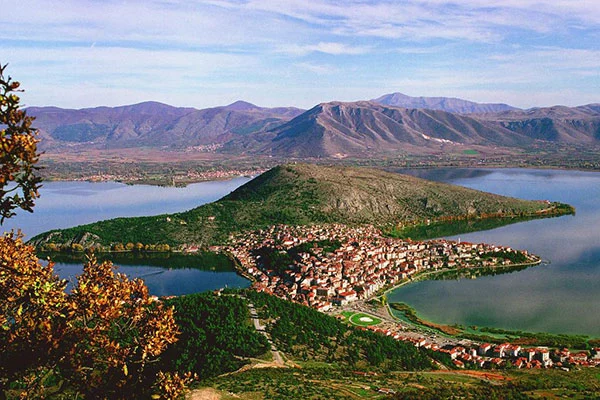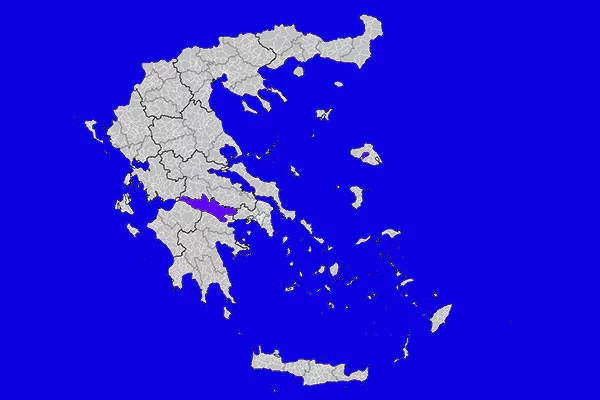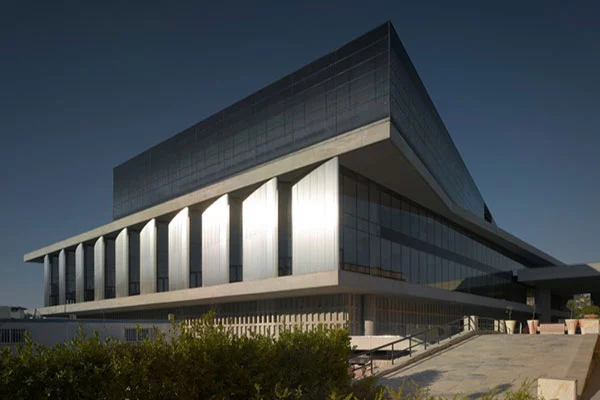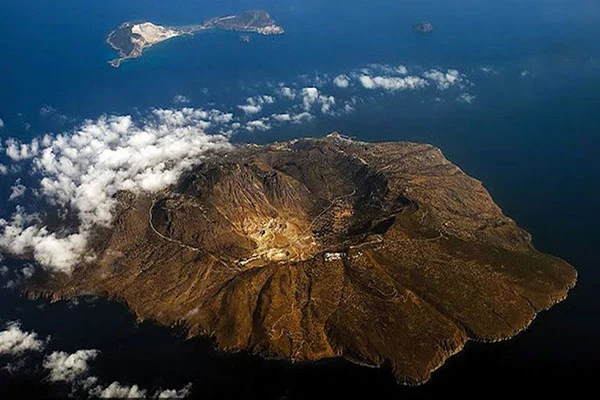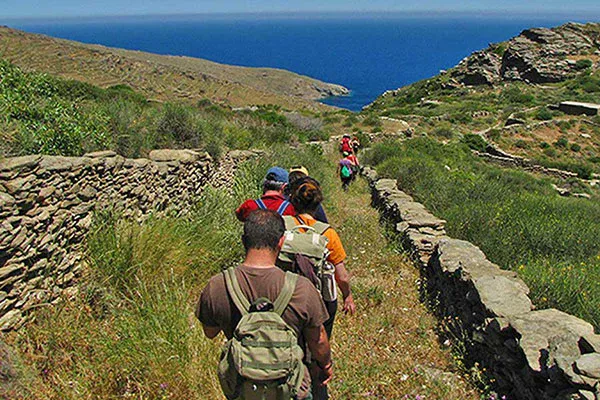
Vergina (Aigai)
The ancient city lying on the north slopes of the Pierian mountains is securely identified as Aigai, the capital of the kingdom of Lower Macedonia. Archaeological evidence proves that the site was continuously inhabited from the Early Bronze Age (3rd millenium BC) while in the Early Iron Age (11th-8th centuries BC) it became an important centre, rich and densely inhabited. The city reached its highest point of prosperity in the Archaic (7th-6th centuries BC) and Classical periods (5th-4th centuries), when it was the most important urban centre of the area, the seat of the Macedonian kings and the place where all the traditional sanctuaries were established. Moreover, it was already famous in antiquity for the wealth of the royal tombs which were gathered in its extensive necropolis. The finds from the excavations are exhibited in the protective shelter over the royal tombs of Vergina and in the Archaeological Museum of Thessaloniki.
The first excavations on the site were carried out in the 19th century by the French archaeologist L. Heuzey and were resumed in the 1930's, after the liberation of Macedonia, by K. Rhomaios. After the Second World War, in the 1950's and 1960's, the excavations were directed by M. Andronicos, who investigated the cemetery of the tumuli. At the same time, the Palace was excavated by the University of Thessalonike and part of the necropolis by the Archaeological Service of the Ministry of Culture.
In 1977, M. Andronicos brought to light the royal tombs in the Great Tumulus of Vergina (Megale Toumba). The most remarkable of these was the tomb of Philip II (359-336 B.C.) and its discovery is considered to be one of the most important archaeological events of the century. Since then, acontinuing excavations have revealed a series of significant monuments.
The most important monuments on the site are the following:
1. The royal tombs in the Great Tumulus
This group includes three Macedonian tombs and one cist-grave. One of them was the tomb of king Philip II and another probably belonged to king Alexander IV. These two graves were found unplundered and are lavishly decorated with splendid wall paintings, made by great and famous artists.
2. The Royal Tombs to the NW of the City
Two Macedonian tombs are included in this group, the so-called "Rhomaios Tomb", an Ionic, temple-shaped structure, dated to the beginning of the 3rd century B.C. and the "Tomb of Eurydice", which probably belongs to the mother of Philip II and is dated to ca. 340 B.C. To the same group also belong three cist-graves dating from the 5th and 4th centuries B.C., as well as four pit-graves of the late Archaic period.
3. The Cemetery of the Τumuli
This is the imposing necropolis of the Iron Age (11th-8th centuries B.C.), which includes more than 300 small earthen tumuli, constructed over clusters of burials which contained rich offerings.
4. The Palace and the Theatre
These two important monuments are parts of the same complex, dated to the 4th century B.C. The palace is organized around a large, central peristyle court and comprises a circular shrine (Tholos) dedicated to Herakles Patroos, and luxurious banquet halls for the king and his officers. One of these rooms includes a fine mosaic floor.
5. The Temple of Eukleia
It lies to the north of the theatre and includes two temples of the 4th and 3rd centuries B.C., a monumental peristyle and a series of offerings among which two bases of the votive statues dedicated by queen Eurydice, grandmother of Alexander The Great.
6. The Acropolis and the City Walls
It is located on a steep hill to the south of the settlement. The fortification wall extends to the east of the city. Excavations on the acropolis have revealed parts of the circuit wall and Hellenistic houses in the enclosed area. The fortification of Aigai dates to the early Hellenistic period (end of 4th-beginning of 3rd century B.C.).


